Looking for ancho chili substitutes? Here are the top 5 alternatives with detailed comparisons of flavor, heat level, and best uses. Whether you're out of ancho chilies or want to experiment with new flavors, this guide covers everything you need to know.
Table of Contents
- What Is an Ancho Chili?
- Why Substitute Ancho Chili?
- Top Alternatives to Ancho Chili
- Flavor & Heat Comparison Table
- Buying Guide for Ancho Substitutes
- Recipe Tips Using Ancho Alternatives
- Frequently Asked Questions
- Final Thoughts
What Is an Ancho Chili?
The ancho chili is the dried form of the fresh poblano pepper. It's known for its rich, fruity undertones with hints of coffee and tobacco, plus a gentle heat level (around 1,000–2,000 Scoville Heat Units). These characteristics make it ideal for sauces, moles, soups, and salsas where depth of flavor matters more than fiery heat.
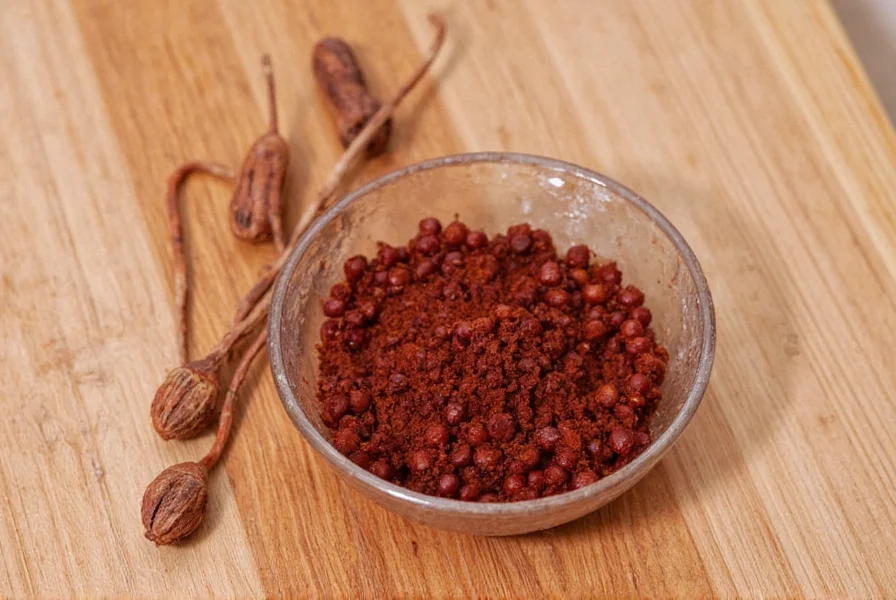
Why Substitute Ancho Chili?
Whether it's unavailable at your local store, too mild (or too strong) for your taste, or you just feel like experimenting—there are plenty of reasons to reach for another chili instead. Let's explore some top options that'll bring their own unique flair to your dish:
- You're out of ancho chilis but still want that smoky depth
- You need more heat without losing complexity
- You're looking for a milder alternative
- You want to try regional twists on traditional dishes
Top Alternatives to Ancho Chili
1. Guajillo Chili
If you're chasing flavor, guajillo chili should be your first stop. Slightly hotter than ancho (2,500–5,000 SHU), it brings bright, tangy notes with a hint of berry and tea-like bitterness. Perfect for red sauces and marinades.
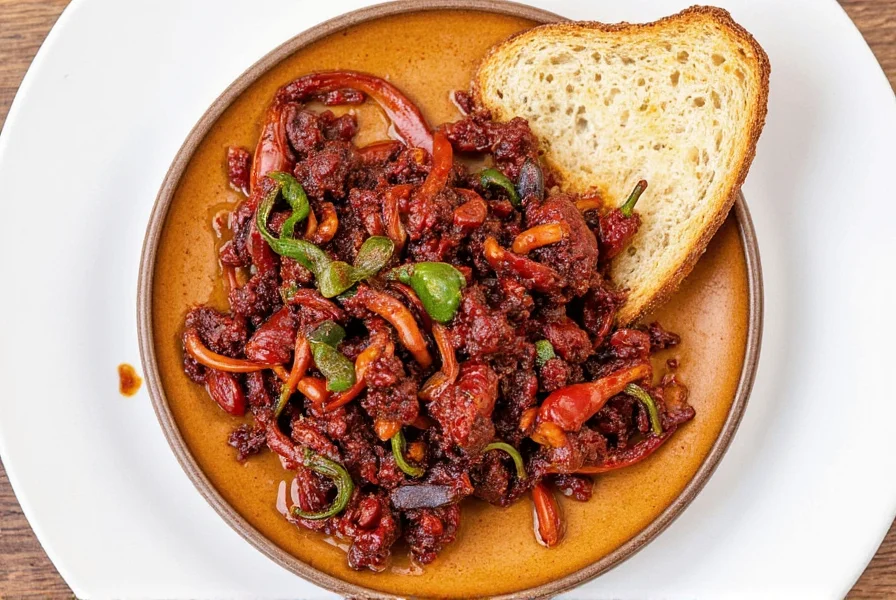
2. Pasilla Negro
A great match for mole lovers, the pasilla negro offers similar depth with earthier tones, hints of prune, and licorice. Milder than ancho (~1,000–2,500 SHU), it blends well in complex sauces.
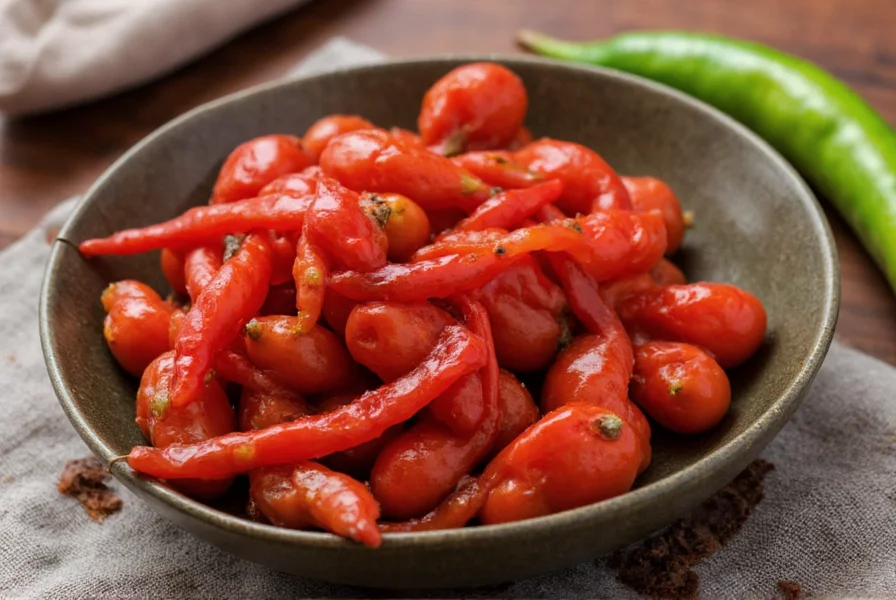
3. Mulato Chili
Sweeter and darker than ancho, mulato chili adds a chocolatey warmth to dishes. Slightly lower in heat, it shines in desserts, stews, and thick sauces.

4. New Mexico Chile
Dried New Mexico chilies are slightly spicier and drier than anchos. Great for Southwest American dishes and enchilada sauces.
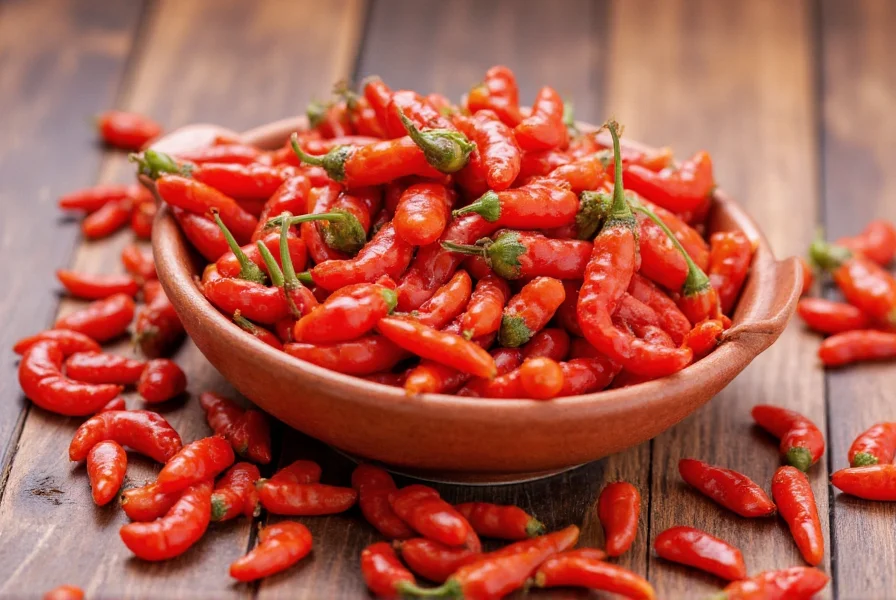
5. Chipotle Morita
For those who love smokiness, chipotle moritas deliver bold, campfire-style heat. More intense and less sweet, they're great in meat rubs and spicy adobo sauces.

Flavor & Heat Comparison Table
| Chili | Heat Level (SHU) | Flavor Profile | Best For |
|---|---|---|---|
| Ancho | 1,000–2,000 | Smoky, sweet, fruity | Moles, sauces, stews |
| Guajillo | 2,500–5,000 | Tangy, berry notes | Red sauces, marinades |
| Pasilla | 1,000–2,500 | Earthy, prune-like | Mole sauces |
| Mulato | 2,500–3,000 | Chocolatey, sweet | Stews, desserts |
| New Mexico | 1,000–5,000 | Dry, rustic | Enchiladas, chiles rellenos |
| Chipotle Morita | 5,000–10,000 | Smoky, intense | Rubs, adobo |
Buying Guide for Ancho Substitutes
Choosing the right substitute depends on the recipe and your desired outcome. Here's a quick guide to help you pick wisely:
- Mild & Smoky Flavor: Go for pasilla or mulato chilies
- Bright, Tangy Notes: Choose guajillo
- Smoky Kick: Reach for chipotle morita
- Southwest Style: Opt for New Mexico chili
Where to Buy
- Mexican Grocery Stores: Your best bet for authentic quality
- Online Retailers: Great for rare varieties like mulato or pasilla
- Supermarkets: Usually carry guajillo and chipotle
Features to Look For
- Firm skin with no mold or soft spots
- Vibrant color—avoid dull or faded peppers
- Rich aroma; avoid musty-smelling packages
Recipe Tips Using Ancho Alternatives
Here's how to swap anchos like a pro:
- Mole Sauce: Use mulato or pasilla for richness
- Adobo: Replace with chipotle morita for extra smokiness
- Red Enchilada Sauce: Swap ancho with guajillo for a bolder base
- Stews: Mix guajillo + chipotle for layers of heat and flavor
Frequently Asked Questions
What is the closest substitute for ancho chili?
The closest substitutes for ancho chili are mulato and pasilla negro chilies. Mulato offers similar chocolatey sweetness with slightly more heat, while pasilla negro provides earthy, prune-like notes with comparable mild heat. If neither is available, a combination of guajillo (for flavor) and a small amount of chipotle (for smokiness) can create a good approximation.
Can I use regular chili powder instead of ancho chili?
Regular chili powder is not an ideal substitute as it's typically a blend of spices including cumin, garlic powder, and oregano, not just ground chilies. However, if you're in a pinch, you can use pure ancho chili powder (if labeled as such) as a 1:1 substitute. Avoid standard chili powder blends which will alter your recipe's flavor profile significantly.
How do I make an ancho chili substitute with common ingredients?
For a quick substitute, combine 1 teaspoon smoked paprika (for smokiness), ½ teaspoon sweet paprika (for sweetness), and a pinch of dried oregano. For more authentic results, blend equal parts guajillo and New Mexico chilies, or use mulato if available. Remember that fresh poblanos won't provide the same depth as dried anchos, but roasting and drying them yourself can create a closer match.
Can I substitute fresh poblano peppers for dried ancho chilis?
You can, but with important caveats. Ancho chilis are dried poblanos, so they have concentrated flavor and different texture. For every dried ancho chili, use 1-2 fresh poblanos, roasted and peeled. The flavor will be milder and less complex, so consider adding a pinch of smoked paprika to mimic the smokiness that develops during the drying process. This works best in sauces where the peppers will be blended.
What's the difference between ancho and chipotle chilis?
Ancho chilis are dried poblanos with mild heat (1,000-2,000 SHU) and sweet, fruity flavor with coffee notes. Chipotle chilis are smoked and dried jalapeños with significantly more heat (5,000-10,000 SHU) and intense smokiness. While both add depth to dishes, chipotles bring much more heat and smokiness, so use them sparingly when substituting for ancho—typically ⅓ to ½ the amount.
Can I use paprika as a substitute for ancho chili?
Smoked paprika makes the best paprika substitute for ancho chili, as it captures some of the smoky dimension. Use Hungarian sweet paprika for the base flavor and add a pinch of smoked paprika for depth. For each ancho chili called for, use 1½ teaspoons sweet paprika plus ½ teaspoon smoked paprika. Note this won't replicate the full complexity but works in a pinch for sauces and stews.
How much of a substitute should I use when replacing ancho chili?
The substitution ratio depends on the alternative:
- Guajillo: Use 1:1 ratio, but expect more heat
- Mulato: Use 1:1 ratio
- Pasilla: Use 1:1 ratio
- Chipotle: Use ⅓ to ½ the amount due to higher heat
- New Mexico: Use 1:1 ratio
Final Thoughts
While nothing quite replaces the classic charm of ancho chili, there are plenty of exciting alternatives to ancho chili that can elevate your cooking in new and delicious ways. Whether you're after more heat, a different flavor dimension, or just want to try something new, these five chilies are perfect for experimenting in your kitchen.
So go ahead—swap, blend, roast, grind, and let your taste buds travel south of the border!
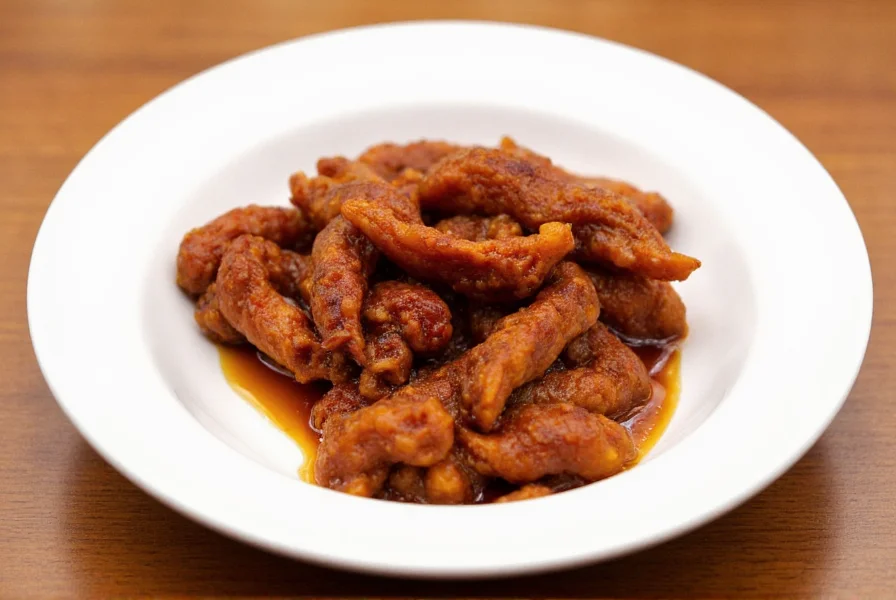

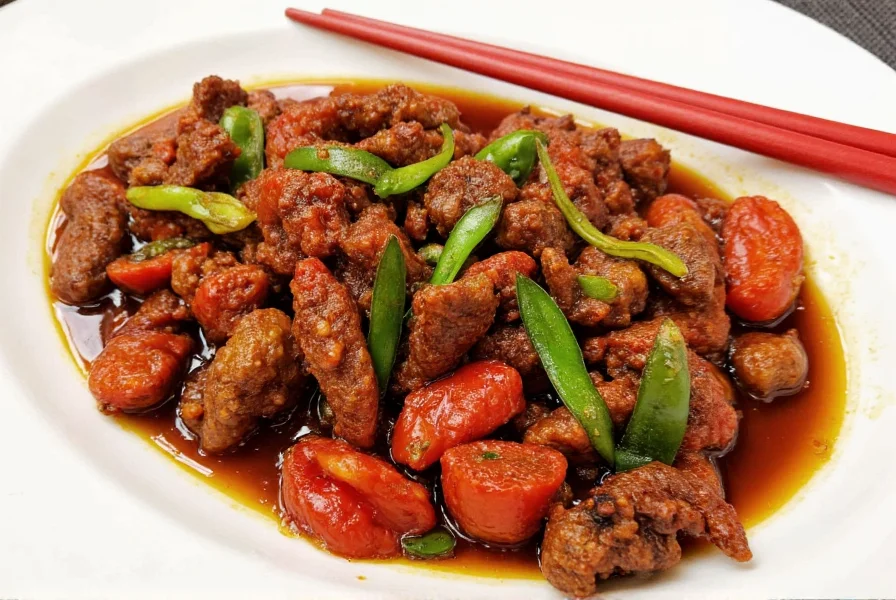









 浙公网安备
33010002000092号
浙公网安备
33010002000092号 浙B2-20120091-4
浙B2-20120091-4